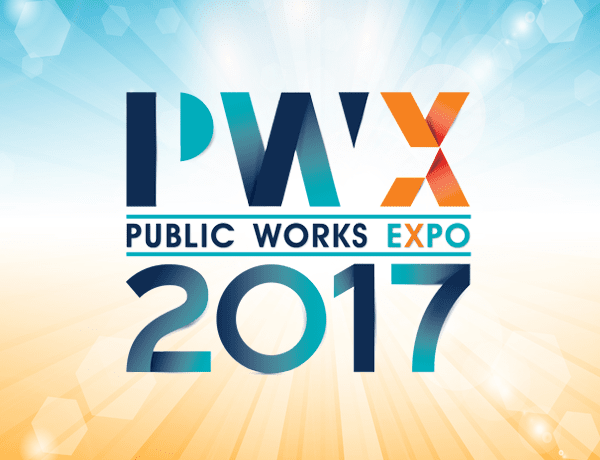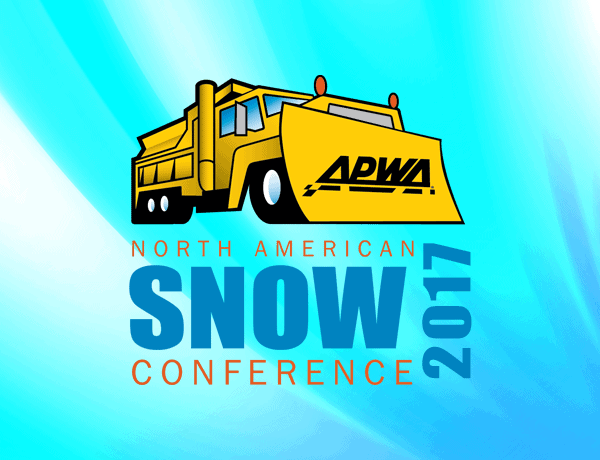Video
The
starting point for this conversation will be the concept of ""Zero
Waste"" or ""Zero Landfill Waste"" which has gained significant
popularity among elected and environmental officials in the last decade.
Solid waste managers and even some customers question the usefulness of
setting ""zero"" as a goal – with the most popular comeback being
""what about disposable diapers and pet waste?"" Beyond goal
setting is the question of measurement. More than a simple math exercise:
calculating recycling, diversion and waste reduction progress is fraught with
social, political and technical challenges and is seen to vary among
jurisdictions.Learning Objectives:Evaluate waste reduction measurement systems.Get better recycling and diversion results.Navigate the political and social challenges for ""zero waste.
The Center for Sustainability (C4S) hosts a roundtable discussion on the challenges, solutions and resources that can help communities develop a comprehensive sustainability plan for winter road maintenance including materials…
Read MoreAsset management can mean different things to different people. A good formal asset management system should be one that is tailored to your organization. This session is designed to provide an overview of asset management conceptual elements, as well as some recommended foundational elements associated with an organization’s formal asset management system.In addition, the APWA Asset Management Task Force is developing resources to assist APWA members with the continued development and refinement of their asset management system. An overview of these developing resources will be provided with a more detailed review of the drafted “”Asset Management Road Map””.Learning Objectives:Describe the elements of an effective asset management system.Determine how to tailor an asset management system to the needs of your organization.Discover the resources that APWA’s Asset Management Task Force has developed to help you create and refine your asset management system.
Read MoreWhile water and wastewater systems typically have dedicated funding resources to address system issues, identifying and choosing the most cost-effective approach to stormwater management can be a struggle. Risk-based asset management is quickly becoming a preferred business process for municipal public works programs. This session will review asset management evaluations completed for several municipal separate storm sewer systems (MS4s) and other agencies, including case studies for risk-based projects performed for Washington, D.C.; Chesterfield County, Virginia; and the Georgia Department of Transportation. Use of GIS paired with a risk-based approach to stormwater system asset management can help communities and agencies more efficiently inventory their assets, and determine the current physical state and performance capabilities of each asset.Learning Objectives:Describe the key elements for conducting a risk-based stormwater asset management assessmentEvaluate new technologies to streamline field data collectionDiscover technology that can be used to develop a cost-effective stormwater capital improvement program (CIP)
Read MoreVision Zero is a strategy to eliminate all transportation-related fatalities and severe injuries. This presentation will relate the knowledge gained by the speaker as part of his Jennings Randolph International Fellowship study in Sweden. Sweden is the birthplace of the Vision Zero approach and has implemented a variety of transportation practices.Learning Objectives: Achieve an understanding of the Vision Zero philosophy.Identify the tools and methods used in Sweden to improve transportation safety.Discover what the Jennings Randolph Fellowship program is and how public works professionals can apply and participate.
Read MoreWhen Columbus, Georgia, Public Works first introduced cross-training as a way to mitigate the effects of an aging and shrinking workforce, it was not well received by some employees. But in the end, the benefits have far outweighed the discomfort. Supervisors have been better able to recognize the competitive talents of employees, and production and employee morale have increased. Employees have discovered that their ability to help their co-workers in times of need has greatly benefited them when they needed additional support; plus, they have learned new skills and are more knowledgeable about the total department.Learning Objectives: Understand the true benefits of cross-training.Prepare for the challenges and downfalls of implementing cross-training.Implement a successful cross-training program.
Read MoreAPWA's Fleet Services Committee has planned a very special learning opportunity for Fleet professionals. This program will consist of 4 separate presentations that will feature practical solutions on the issues facing Fleet departments in today's world. You may attend just those presentations that meet your immediate needs or join us for the full day of programming. If you are interested in obtaining CEU credit for those presentations that you attend, please see the volunteer monitors in the room and have your badge scanned after each presentation.Learn how municipalities are saving valuable time and taxpayer dollars by using Cooperative Purchasing Agreements. Presenters will include an experienced fleet professional and representatives from cooperative purchasing programs.Learning Objectives:Describe what cooperative purchasing isDiscover how your agency can implement cooperative purchasing.Save time and dollars for your fleet program
Read MoreUtility companies are using directional drilling as the preferred method for installing cables, pipelines, conduit, and sewers in urban and suburban communities. Directional drilling can significantly reduce impacts on existing infrastructure, reducing the need for roadway restoration and relocation of other utilities. But there can be significant environmental issues if proper monitoring and contingency plans are not in place. This method uses bentonite and polymer in the drilling mud to lubricate the pipe and stabilize the drilling path. Bentonite can be extremely damaging to wetland, river and creek ecosystems. This session will discuss approaches for identification, containment, and clean-up.Learning Objectives:Create contingency plans for directional drilling projects.Identify, contain, and clean-up inadvertent releases from directional drilling.Design, install, and inspect best management practices used in directional drilling.
Read MorePublic Works professionals work behind the scenes to make our communities better. However, most people do not even realize we exist. Public Works is EVERYWHERE – from state or local agencies, to engineers, consultants, contractors, inspectors, and vendors that work for these agencies, we are the men and women that make the quality of life better and improve our communities everyday by providing core services. As industry leaders, we need to continue to raise awareness of Public Works. This CLL program will provide you with new innovative ways to raise awareness for your agency and for the profession of Public Works.
Read MoreThe Winter Maintenance Assessment Tool (WMAt) is a new and free online tool to help you assess your winter maintenance operations. It was developed as a part of the Minnesota…
Read More
